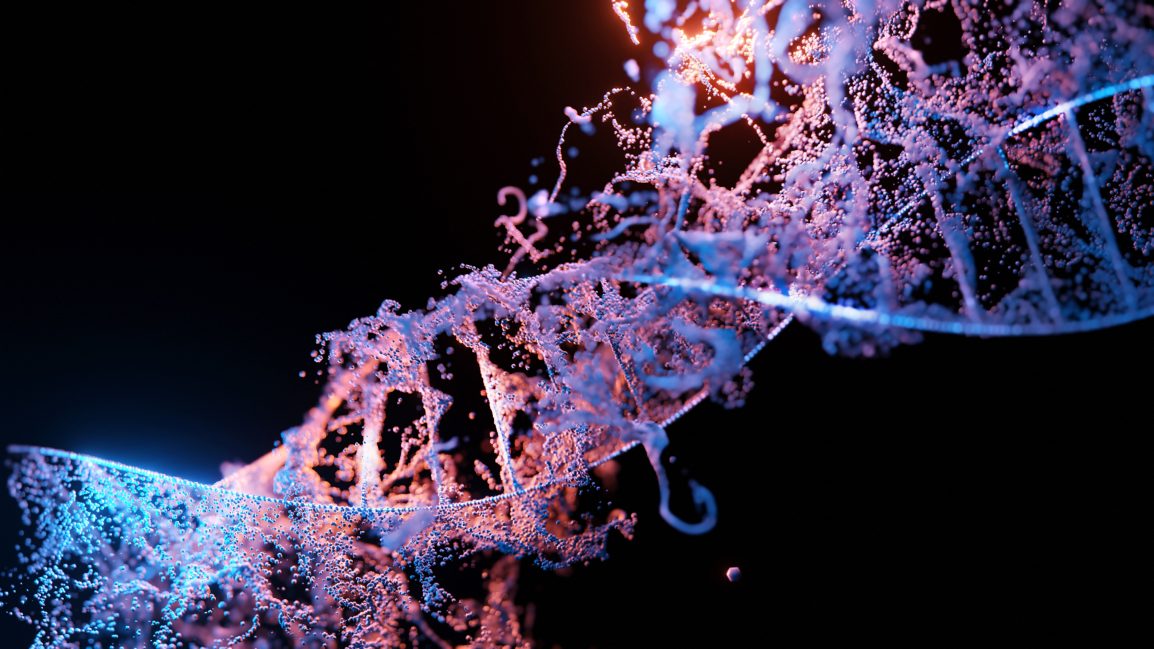Tsuneko Okazaki and her Scientific Research: A Biography
Early Childhood-College
She was born in the Aichi Prefecture during the year of 1933, where she later graduated from high school. Tsuneko studied her undergraduate degree at Nagoya University in the school of science, where she also got a PhD. Later, she worked with her husband Reiji Okazaki to study frog eggs and DNA in other animals. They were able to study in Washington University and Stanford University, where there were much more research options available for them. While this may seem like nothing special, she has contributed greatly to biology, especially in her writing of Okazaki fragments.
Her Scientific Career
She worked on studying frog eggs to perfect her scientific theories. Okazaki fragments are named after Tsuneko, who discovered that there were small stretches of DNA that had gaps in them. DNA contains several steps that eventually leads to its formation. It is surprising that during a time of post-war era, she was one of the first women to attend university alongside men. Women had little chances in the scientific community, but she was able to jump off her husband and explore research. In the post-war era she did not have enough resources to buy her own equipment or labs, yet she still uncovered key components of how DNA polymerase copies to create its model. While scientists found the leading strand, they never figured out how the second (or lagging) strand was copied. DNA polymerase made short copied pieces, which later were called Okazaki fragments.
Recognition
She continued to work even till her 70s and 80s. After the passing of her husband, Tsuneko kept up the difficult job of raising their two children and managing the laboratory. She always kept a keen focus on her work, remaining humble and not wanting to be arrogant in her studies. At a time when many male scientists were earning Nobel prizes, Okazaki never received a nomination for it – although she was a very worthy candidate. She modeled working for science and the betterment of it, so that society could use DNA to find other new inventions.
To read more about women’s contributions in STEM, click here for more inspiring women’s stories.

